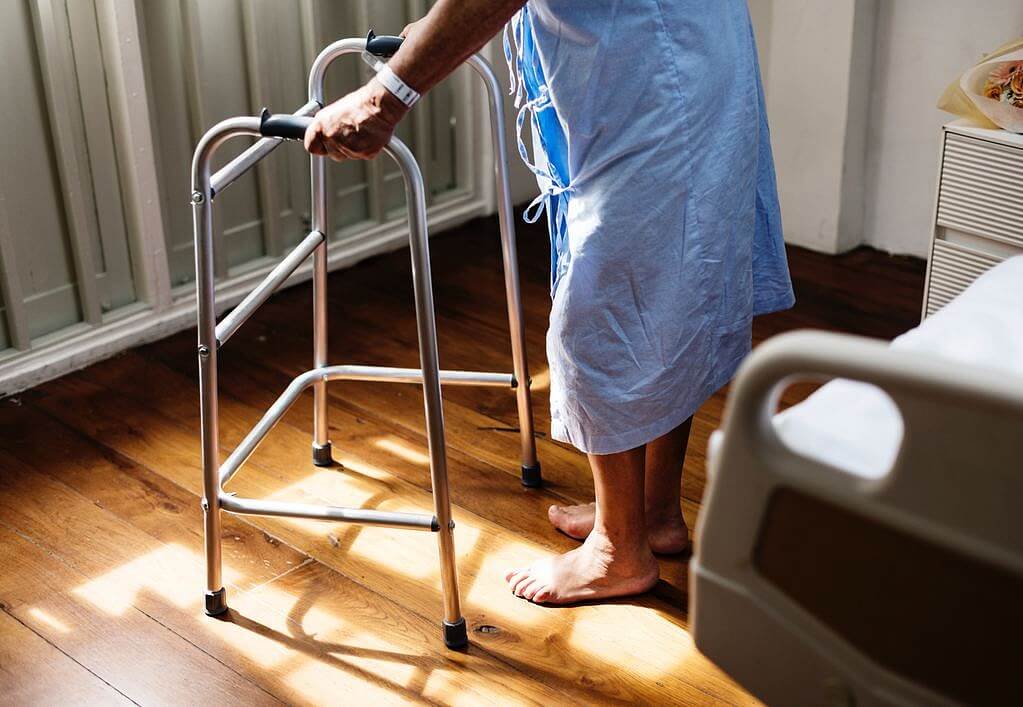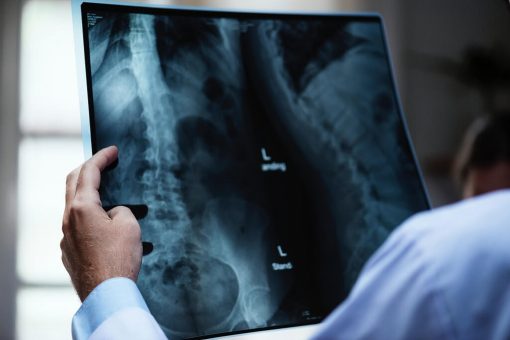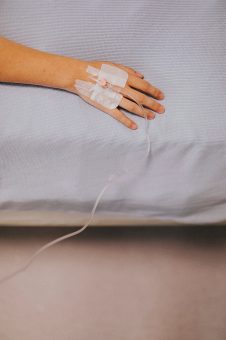
Researchers have made enormous strides in understanding the sources and paths of pain. As a result, technologies like transcutaneous spinal cord stimulation (SCS) are available to better manage neurological pain. This is one type of stimulation system and is non-invasive, using electrodes placed on the skin, instead of under it, to deliver a constant or alternating flow of electrical stimulation when the system is activated.
Another type of system sends pulses of electrical stimulation and involves the implanting of a wire lead and the pulse generator. In either system, the patient has the ability to activate the system when in pain.
Understanding How Transcutaneous Spinal Cord Stimulation Works
SCS has successfully helped many patients suffering from chronic pain in the back, legs, arms and neck. Pain signals emanate from nerve endings and are transmitted to the brain via the spinal cord. The spinal cord can deteriorate or incur damage in a variety of ways:
- Disease, i.e. degenerative disc disease due to aging, osteoporosis or osteoarthritis, spinal stenosis
- Excessive mechanical wear and tear, i.e. stress and strain due to job requiring frequent heavy lifting
- Spinal disorder or defect, i.e. birth defect, scoliosis
- Injury, i.e. slip and fall, car accident
- Spine surgery
- Unknown – up to 20 percent of patients have an unknown cause of pain
Spinal Cord Stimulation
Spinal cord stimulation is an invasive procedure that is used for nerve pain due to the post-laminectomy
syndrome…
In the transcutaneous spinal cord stimulation system, skin electrodes are placed across the patient’s lower back and abdomen. A small generator is used to deliver low-level direct or alternating electrical currents to the spinal cord via the electrodes in order to block the pain signals and replace them with a tingling or messaging feeling.

One of the newer therapy technologies is burst stimulation. It is an invasive therapy in that thin lead wires are placed in the spine’s epidural space (along the spine), and the generator is implanted in the buttocks or abdomen. The small implanted generator device delivers pulsed current of electrical energy to nerves along the spinal cord, mimicking natural brain patterns. The modified pain signals change the perception of pain and how pain is experienced in the brain, thus impacting the physical and emotional aspects of pain.
Depending on the spinal cord stimulation system, the patient uses a remote controller or a mobile phone to activate the system. The original systems have a generator system with a power source that runs down and must be replaced. Newer systems have rechargeable power sources, and the advanced technologies now offer recharge-free power sources.
Is SCS Therapy Right for You?

Neurostimulation therapy does not cure physical pain which is why it is called a therapy rather than a cure. The therapy is most suitable for people who:
- Have experienced pain in the back, legs and/or arms for more than six months
- Experience peripheral neuropathic pain
- Have tried other therapies like medications or physical therapy and continues to experience pain
- Experience a postoperative nerve pain condition (surgically induced pain)
- Experience Failed Back Surgery Syndrome – continued pain after surgery
The amount of pain relief will vary from patient to patient. The pain cannot be associated with a malignancy or somatization. The patient must be able to learn how to use and maintain the system.
Recovering from Implant Surgery

When a generator and lead wires are implanted, the patient will have a recovery period since it requires small incisions and medication that causes drowsiness. The spinal cord stimulator implant recovery period is approximately six to eight weeks. During this time, it is important to:
Watch for complications like infection or swelling
Report uncomfortable changes in stimulation
Avoid lifting more than five pounds
Avoid stretching, bending or twisting
Not change medications without checking with the doctor
Check with the doctor before undergoing medical procedures or tests
Only take sponge baths until the doctor says a shower or bath is permissible
During the spinal cord stimulator implant recovery period, the patient develops a proficiency using the system in a way that relieves the most physical pain.
Pain Management Improves Lives
Is SCS therapy right for you? Tens of thousands of spinal cord stimulators are used each day, helping people living a healthier and more satisfying life. The pain management specialist will adjust the system, so it can target different areas of pain, and instruct the patient on the process for increasing or decreasing stimulation levels. The ability to customize the neurostimulation therapy system is the key to its effectiveness.
